Smart address, the new smart city technology: what is it?
Smart address can make city more functional and inclusive for all its inhabitants. Find out why and where it has been applied.
Smart address, the new smart city technology: what is it?
Smart address can make city more functional and inclusive for all its inhabitants. Find out why and where it has been applied.
Smart city makes all aspects innovative
Smart city concerns the use of digital technologies to address urban problems. Now everywhere, these highly innovative technologies are being applied in cities in a myriad of ways. The 6 pillars underlying the smart city are a striking example.
Smart mobility, in fact, helps make traffic management and road (re)planning more efficient. Smart living is used to provide citizens with a healthy and safe lifestyle through a sustainable food system as well. Instead, smart environment is useful for making cities less polluted by threats, such as plastic pollution, through smart initiatives and applications.
Among the pillars, we also find smart people, that are citizens who have access to city services and can participate in its improvement.
Bringing all these pillars together contributes to the optimization of a city’s services with the goal of improving the quality of life for citizens.
Many, however, are the aspects that can still be improved and digitized in a smart city. For example, locating an address can sometimes become a real challenge. It will surely have happened at least once in everyone’s life.
Smart address: what it is and why it can make a city more functional
Sometimes it is difficult to find a specific street, as you cannot find the house number you need. Other times you paradoxically confuse one address with another and find yourself on the other side of town.
So, cities need innovative address systems. Advances in geospatial technologies and real-time location can be the basis for a standardized addressing system.
From this need comes smart address, which is designed to provide digital addresses. It consists of a digital door number system associated with homes and businesses. Because of the specific identification number, very accurate addresses can be obtained.
Generically, its main purpose is to overcome the above-mentioned challenges with the use of the old address system.
There are, however, other goals it succeeds in achieving. Let’s find out what they are.
Not only private homes, smart addressing can also be used for all properties. Thus, it also proves useful for service delivery and access.
In addition to this case, the smart address finds a really vital application in a country that is facing great population growth. We are talking about India, which in early 2023 became the most populated country in the world.
In India, the need for functional addressing is important, partly because most Indian cities do not have a complete and uniform addressing system. Only very few parts of the country have formal addressing.
Added to this, cultural and language barriers also complicate the already difficult current situation.
Change is needed more than ever and that it is the same for everyone. Smart address in this nation finds fertile ground. This is where innovation and inclusiveness come together to improve the well-being of the community.
Smart address applied in India: how it works
Indore, a city in west-central India, is implementing a fully digital addressing system. It is the first city in India to do so.
The project was contracted between Indore-based Pataa Navigations and Indore Smart City.
In detail, this technology company has collaborated with the Indian Space Research Organization (ISRO). Together they have developed a digital addressing system for the nation. What is this system based on? Let’s find out together.
The digital address is a unique and distinctive 8- to 11-character code that will be registered on the Pataa app free of charge. It is necessary to select a 3 x 3 meter block on the digital map to mark the exact location of the address. This app makes an address easy to search, locate, navigate and share for all users.
The role of people and therefore citizens will be crucial. Once again the importance of the collaboration of smart people in smart cities emerges.
Effectively what will be the task of citizens?
Pataa app users can upload pictures of their homes or landmarks along with their addresses in full text. In addition, they can record voice instructions. This is to avoid repeating the address over the phone and makes it easier for the guest to find the specific location.
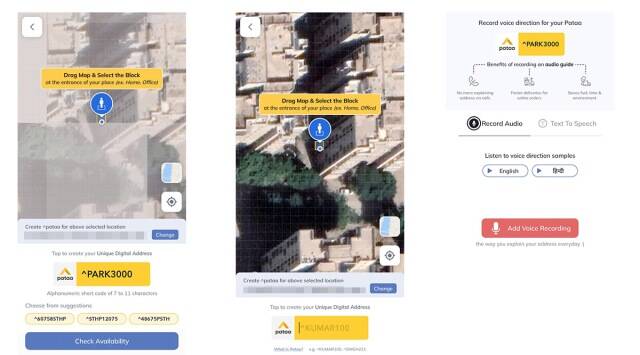
|
Source: Indian Express |
The smart address will not only be useful between citizens. It, in fact, will be used by all government agencies and emergency services, such as police, fire, and ambulance.
In addition, Pataa Navigation will integrate with government platforms such as those for the departments of electricity, agriculture, women’s and children’s welfare.
All major public assets, including bus stops, light poles, public toilets and bus stops, will have digital address numbers pasted on them. [1]
As a result, the smart address will help all delivery providers find the exact geographical location of the recipient. This app will also be essential in lowering pollution levels in Indore. The digital address will then be important in connecting all those living in rural India with the rest of the country and vice versa.
The smart address is for all intents and purposes a technology that may go a long way toward making a smart city even more innovative. What are the next cities ready to embrace it?
References:
© Copyright 2012 – 2023 | All Rights Reserved
Author: Rossana Cascione, Digital Marketing Specialist
Smart city makes all aspects innovative
Smart city concerns the use of digital technologies to address urban problems. Now everywhere, these highly innovative technologies are being applied in cities in a myriad of ways. The 6 pillars underlying the smart city are a striking example.
Smart mobility, in fact, helps make traffic management and road (re)planning more efficient. Smart living is used to provide citizens with a healthy and safe lifestyle through a sustainable food system as well. Instead, smart environment is useful for making cities less polluted by threats, such as plastic pollution, through smart initiatives and applications.
Among the pillars, we also find smart people, that are citizens who have access to city services and can participate in its improvement.
Bringing all these pillars together contributes to the optimization of a city’s services with the goal of improving the quality of life for citizens.
Many, however, are the aspects that can still be improved and digitized in a smart city. For example, locating an address can sometimes become a real challenge. It will surely have happened at least once in everyone’s life.
Smart address: what it is and why it can make a city more functional
Sometimes it is difficult to find a specific street, as you cannot find the house number you need. Other times you paradoxically confuse one address with another and find yourself on the other side of town.
So, cities need innovative address systems. Advances in geospatial technologies and real-time location can be the basis for a standardized addressing system.
From this need comes smart address, which is designed to provide digital addresses. It consists of a digital door number system associated with homes and businesses. Because of the specific identification number, very accurate addresses can be obtained.
Generically, its main purpose is to overcome the above-mentioned challenges with the use of the old address system.
There are, however, other goals it succeeds in achieving. Let’s find out what they are.
Not only private homes, smart addressing can also be used for all properties. Thus, it also proves useful for service delivery and access.
In addition to this case, the smart address finds a really vital application in a country that is facing great population growth. We are talking about India, which in early 2023 became the most populated country in the world.
In India, the need for functional addressing is important, partly because most Indian cities do not have a complete and uniform addressing system. Only very few parts of the country have formal addressing.
Added to this, cultural and language barriers also complicate the already difficult current situation.
Change is needed more than ever and that it is the same for everyone. Smart address in this nation finds fertile ground. This is where innovation and inclusiveness come together to improve the well-being of the community.
Smart address applied in India: how it works
Indore, a city in west-central India, is implementing a fully digital addressing system. It is the first city in India to do so.
The project was contracted between Indore-based Pataa Navigations and Indore Smart City.
In detail, this technology company has collaborated with the Indian Space Research Organization (ISRO). Together they have developed a digital addressing system for the nation. What is this system based on? Let’s find out together.
The digital address is a unique and distinctive 8- to 11-character code that will be registered on the Pataa app free of charge. It is necessary to select a 3 x 3 meter block on the digital map to mark the exact location of the address. This app makes an address easy to search, locate, navigate and share for all users.
The role of people and therefore citizens will be crucial. Once again the importance of the collaboration of smart people in smart cities emerges.
Effectively what will be the task of citizens?
Pataa app users can upload pictures of their homes or landmarks along with their addresses in full text. In addition, they can record voice instructions. This is to avoid repeating the address over the phone and makes it easier for the guest to find the specific location.

|
Source: Indian Express |
The smart address will not only be useful between citizens. It, in fact, will be used by all government agencies and emergency services, such as police, fire, and ambulance.
In addition, Pataa Navigation will integrate with government platforms such as those for the departments of electricity, agriculture, women’s and children’s welfare.
All major public assets, including bus stops, light poles, public toilets and bus stops, will have digital address numbers pasted on them. [1]
As a result, the smart address will help all delivery providers find the exact geographical location of the recipient. This app will also be essential in lowering pollution levels in Indore. The digital address will then be important in connecting all those living in rural India with the rest of the country and vice versa.
The smart address is for all intents and purposes a technology that may go a long way toward making a smart city even more innovative. What are the next cities ready to embrace it?
References:
© Copyright 2012 – 2023 | All Rights Reserved
Author: Rossana Cascione, Digital Marketing Specialist

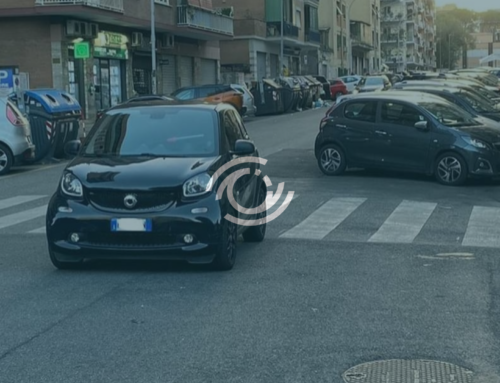

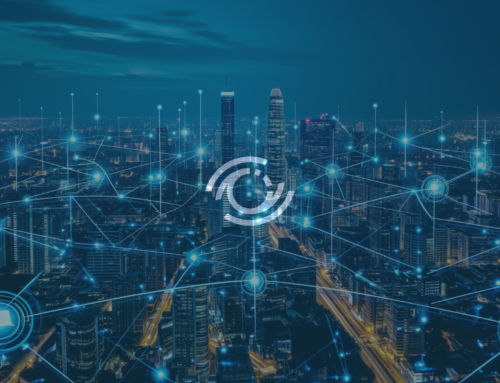
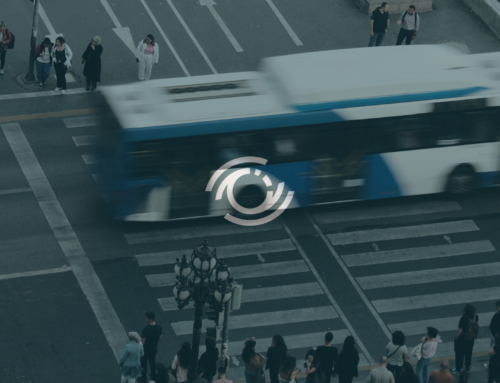
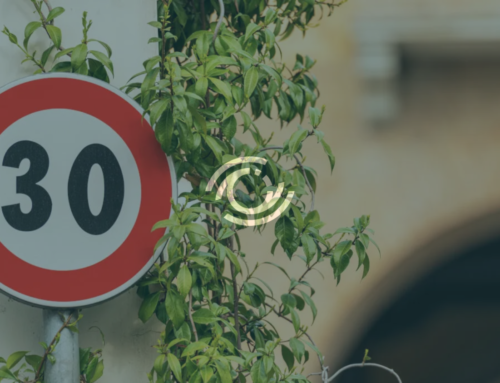
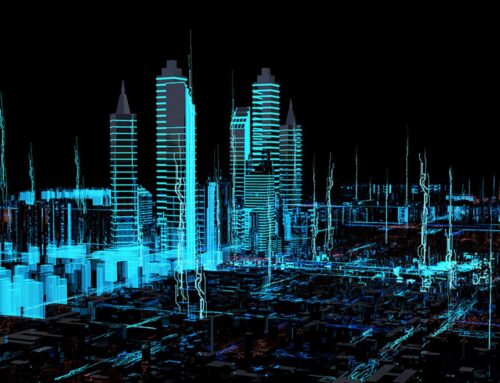


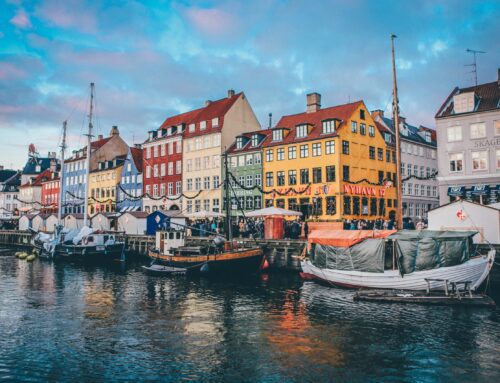
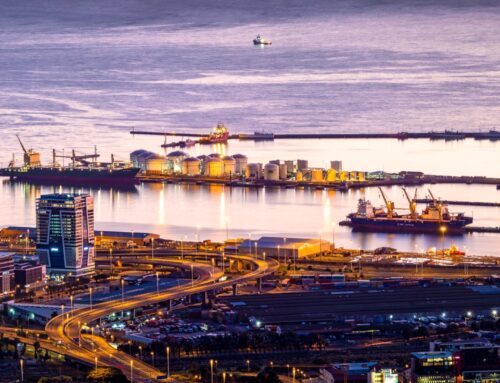

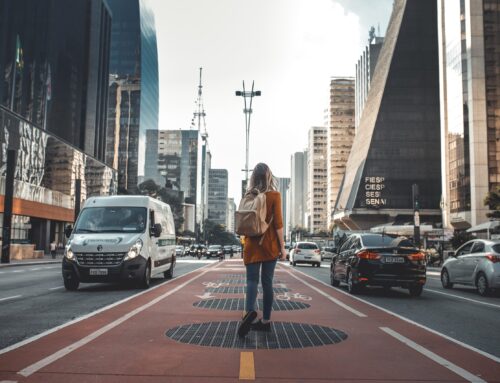
¡Me encanta este post!
Leo tu blog muy a menudo y siempre ofreces grandes cosas .
Lo compartí en Facebook y a mis seguidores les encantó.
¡Seguid con el buen trabajo!